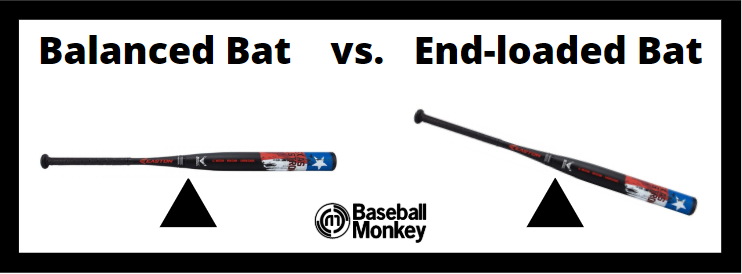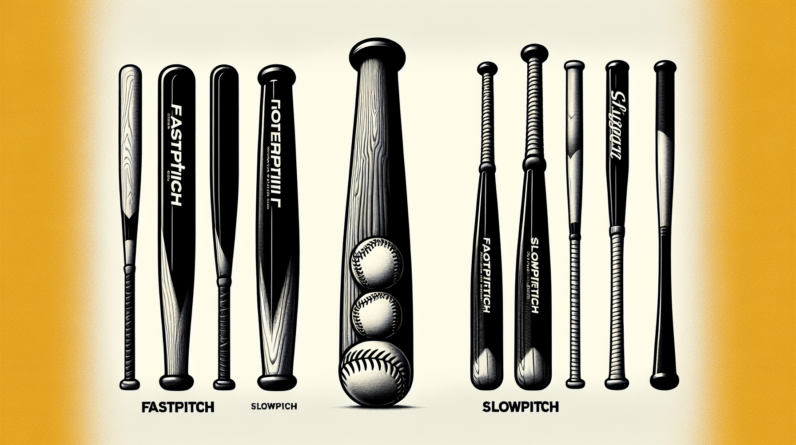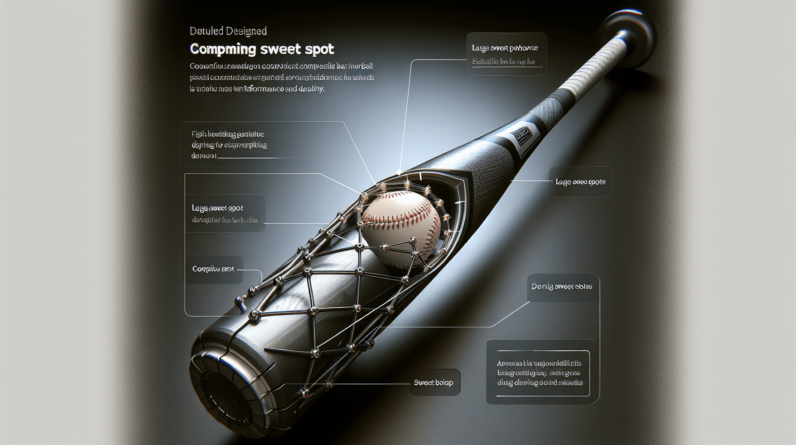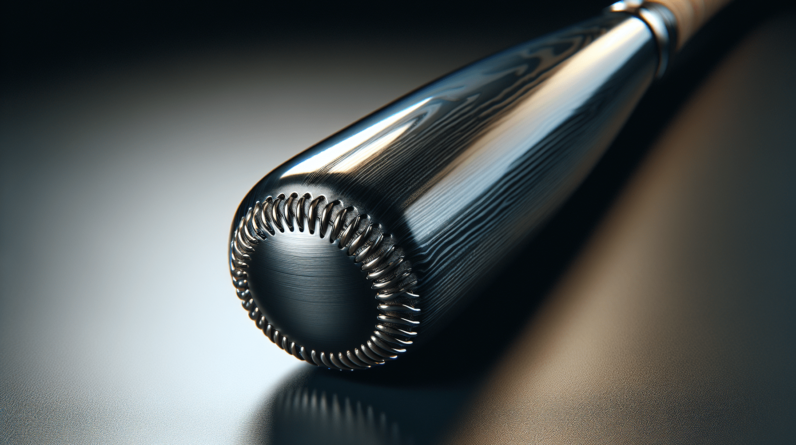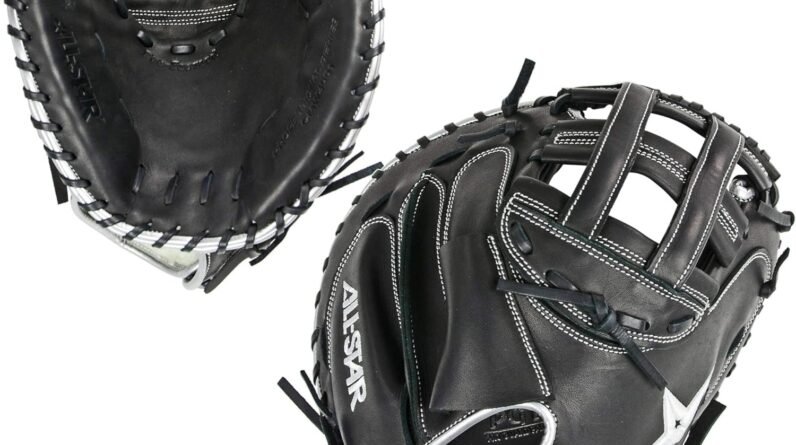If you’ve ever found yourself pondering the intricacies of baseball bats, then look no further! In this article, we will shed light on the age-old question: what truly sets balanced bats apart from end-loaded bats? Whether you’re a seasoned player or a curious fan, join us as we unravel the mystery behind these two distinct types of bats, exploring their construction, performance, and how they can impact your game. So grab your gloves and hop on this thrilling journey of understanding the distinction between balanced and end-loaded bats!
Understanding the Distinction: Balanced vs. End-loaded Bats
This image is property of www.baseballmonkey.com.
Introduction
When it comes to baseball or softball, choosing the right bat is essential for a successful game. One important factor to consider is the weight distribution of the bat. Two common types of bat weight distribution are balanced bats and end-loaded bats. Understanding the distinction between these two types can make a significant difference in your performance on the field. In this article, we will explore the characteristics of balanced and end-loaded bats, their effects on swing speed and bat control, and their suitability for different players. By the end, you will have a clear understanding of the advantages and disadvantages of each type, as well as the factors to consider when choosing the right bat for your game.
Definition of a Balanced Bat
A balanced bat is designed with an even weight distribution throughout its length. This means that the weight is evenly distributed from the handle to the barrel, resulting in a neutral feel when you grip the bat. Balanced bats are preferred by players who value control and bat speed. With a balanced bat, you can achieve a faster swing due to the even weight distribution, allowing you to react quickly to pitches. This type of bat provides a lightweight feel, making it easier to maneuver and control during your swing.
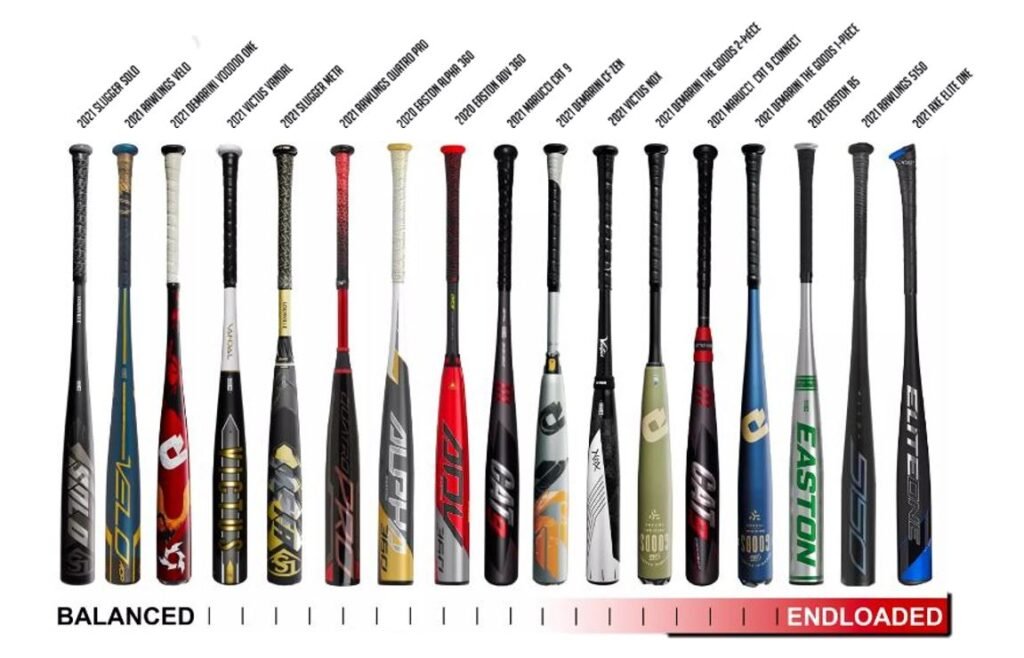
This image is property of www.baseballbatreviewsblog.com.
Definition of an End-loaded Bat
On the other hand, an end-loaded bat has its weight loaded towards the end of the barrel. This means that the distribution of weight is concentrated towards the hitting end of the bat. End-loaded bats are ideal for players who prioritize power and distance. The extra weight at the end of the barrel creates a whip-like effect, translating into increased momentum and power during your swing. Although swinging an end-loaded bat requires more strength, the potential for greater hitting power makes it a popular choice for power hitters looking to send the ball soaring into the outfield.
Weight Distribution
One of the fundamental differences between balanced and end-loaded bats is the distribution of weight. As mentioned earlier, balanced bats have an even weight distribution from handle to barrel, providing a more neutral feel. This even distribution allows for better control and quicker swing speeds, as the weight is more evenly distributed throughout the bat. On the other hand, end-loaded bats have the majority of their weight concentrated towards the end of the barrel. This weight distribution creates a heavier feel towards the hitting end of the bat, which can result in increased power but may sacrifice some control and swing speed.
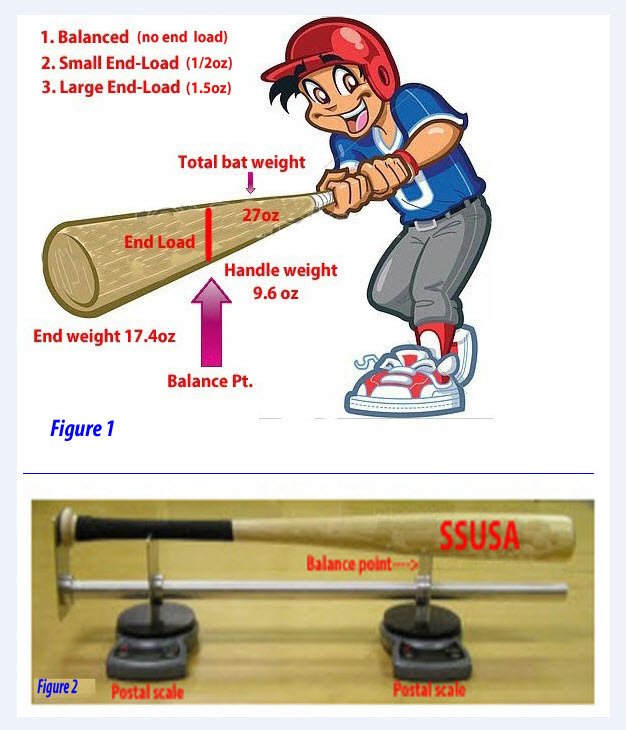
This image is property of seniorsoftball.com.
Effects on Swing Speed
The weight distribution of a bat greatly impacts swing speed. With a balanced bat, you will have the advantage of a faster swing due to the even weight distribution. The balanced nature of the bat allows for quick reactions to pitches, enabling you to make contact with the ball more easily. In contrast, swinging an end-loaded bat may require more effort and strength, resulting in slightly slower swing speed. However, some players who have developed the necessary strength and hitting technique may still achieve impressive swing speeds with an end-loaded bat, taking advantage of the additional momentum generated by the weight at the end of the barrel.
Effects on Bat Control
Bat control is crucial for making accurate contact with the ball and placing it where you want it to go. Balanced bats offer excellent bat control due to their even weight distribution. When swinging a balanced bat, it is easier to make precise adjustments during your swing, giving you a greater ability to hit the ball with accuracy. On the other hand, end-loaded bats may sacrifice some bat control. The concentration of weight towards the end of the barrel can make it more challenging to make subtle adjustments and keep the bat on the correct swing path. However, with sufficient practice and experience, some players are able to overcome this challenge and maintain good bat control even with an end-loaded bat.
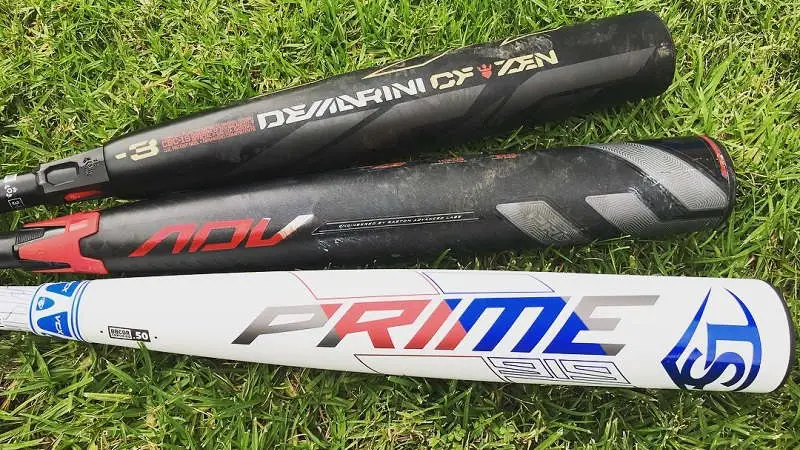
This image is property of thebatnerds.com.
Difference in Power
The power generated from a bat swing can be a game-changer, and this is where the distinction between balanced and end-loaded bats becomes significant. Balanced bats provide a lightweight feel that allows for increased bat speed. While they may not offer the same raw power as end-loaded bats, balanced bats excel in generating quick line drives and base hits. End-loaded bats, on the other hand, offer the potential for exceptional power. The concentration of weight towards the end of the barrel allows for more torque and momentum during the swing, resulting in longer hits and more home runs. The power generated by an end-loaded bat can be a formidable asset for players who prioritize hitting for distance.
Suitability for Different Players
The suitability of balanced and end-loaded bats varies depending on the player’s style, strength, and goals. Balanced bats are generally recommended for contact hitters who focus on making solid contact with the ball and getting on base. These bats are also preferred by players who prioritize bat control and want a lighter swing for faster reaction times. On the other hand, end-loaded bats are often the weapon of choice for power hitters who prioritize hitting the ball with tremendous force and distance, even if it means sacrificing some bat speed and control. Additionally, players with a naturally stronger physique may also gravitate towards end-loaded bats as they can handle the added weight with ease.
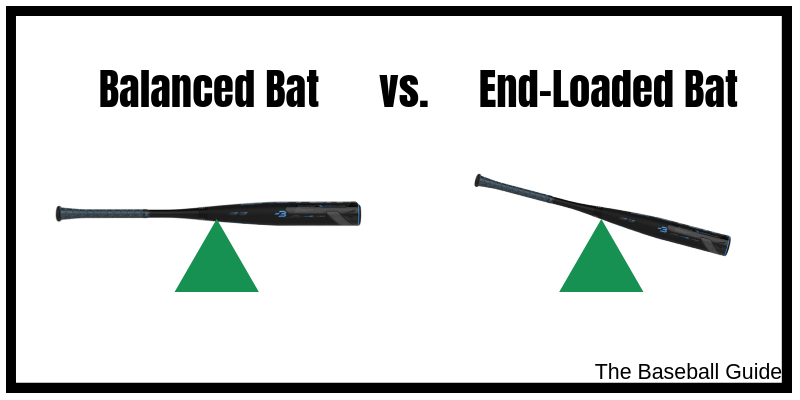
This image is property of thebaseballguide.com.
Advantages of Balanced Bats
Balanced bats offer several advantages that make them a popular choice among many players. First and foremost, the even weight distribution allows for quick swing speeds, enabling hitters to react swiftly to various pitches. This increased bat speed can result in more line drives and base hits. Additionally, the lightweight feel of balanced bats makes them easier to control, allowing hitters to make precise adjustments during their swing and place the ball with accuracy. Furthermore, the versatility of balanced bats makes them suitable for a wide range of players, from beginners to seasoned veterans.
Advantages of End-loaded Bats
While end-loaded bats may not be the right choice for everyone, they do present a unique set of advantages. The concentration of weight at the end of the barrel grants power hitters the ability to generate tremendous hitting power. With the added momentum and torque created during the swing, hitters can send the ball soaring into the outfield, achieving longer hits and more home runs. This advantage can be especially beneficial in certain game situations where a powerful hit can make all the difference. End-loaded bats also provide an opportunity for players with a stronger physique to fully utilize their strength and maximize their hitting potential.
Disadvantages of Balanced Bats
Despite their many advantages, balanced bats do have a few drawbacks. Since they have a more even weight distribution, balanced bats may not provide the same level of raw power as end-loaded bats. While they excel in generating quick line drives and base hits, hitting for distance may be more challenging. Additionally, beginners who have yet to develop their strength and hitting technique may struggle initially with swing speed using a balanced bat. However, with practice and proper technique, these disadvantages can be overcome, and balanced bats can become a valuable asset on the field.
Disadvantages of End-loaded Bats
End-loaded bats, too, come with their own set of disadvantages. The concentration of weight towards the end of the barrel can make them more challenging to control, especially for less experienced players. The heavier feel towards the hitting end requires more strength and may result in slightly slower swing speeds compared to balanced bats. Furthermore, the sacrifice of some bat control may make it more difficult to make the precise contact needed to consistently hit the ball with accuracy. However, for players who have developed the necessary strength and hitting technique, these disadvantages may be outweighed by the potential for exceptional power.
Factors to Consider when Choosing a Bat
Now that you understand the characteristics of balanced and end-loaded bats, it is important to consider certain factors when choosing the right bat for you. First, consider your playing style and goals. Are you a contact hitter looking for bat control and faster swing speed, or a power hitter prioritizing hitting for distance? Next, evaluate your physical strength. If you are naturally strong, you may be able to handle the additional weight of an end-loaded bat more effectively. Finally, consider your experience level. Beginners may benefit from starting with a balanced bat to develop proper technique and bat control, while more seasoned players can experiment with end-loaded bats to harness their power potential.
Conclusion
The difference between balanced and end-loaded bats lies in their weight distribution and the impact it has on swing speed, bat control, and hitting power. Balanced bats provide a lightweight feel and even weight distribution, resulting in faster swing speeds, better bat control, and the ability to make quick line drives and base hits. On the other hand, end-loaded bats concentrate the weight towards the end of the barrel, offering the potential for greater hitting power and longer distances but sacrificing some swing speed and control. When choosing a bat, consider your playing style, physical strength, and experience level to determine whether a balanced or end-loaded bat is the best fit for your game. By selecting the right bat, you will be well-equipped to excel on the field and achieve your desired performance. So make an informed choice, swing with confidence, and enjoy the game to the fullest!

